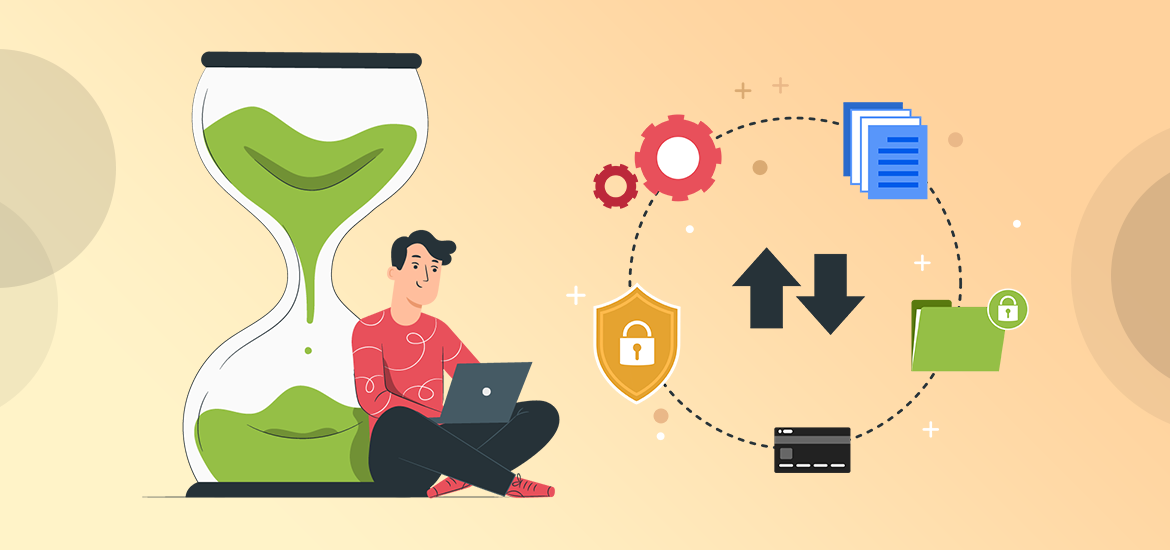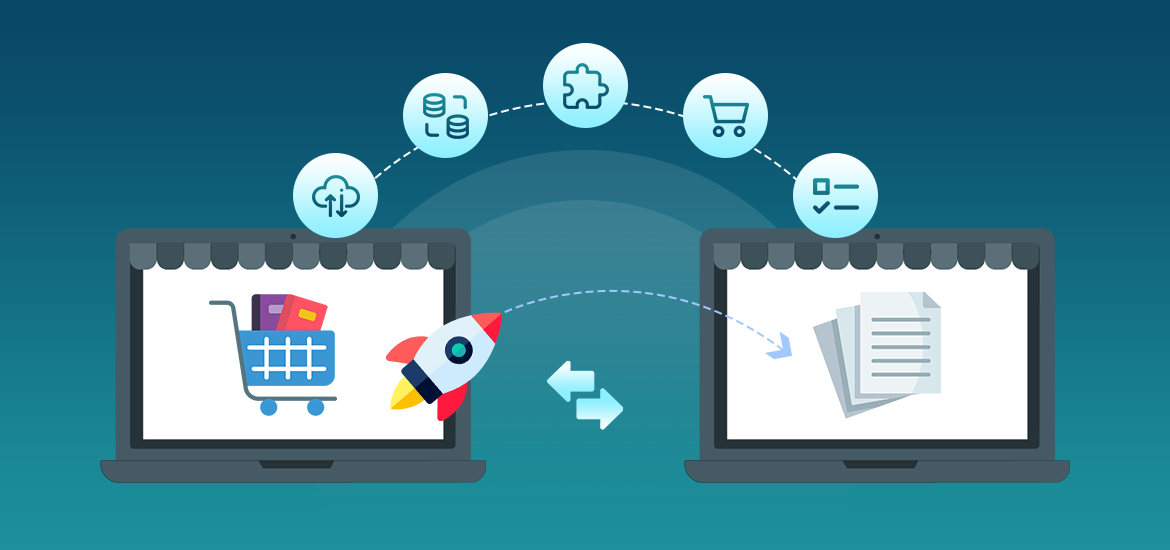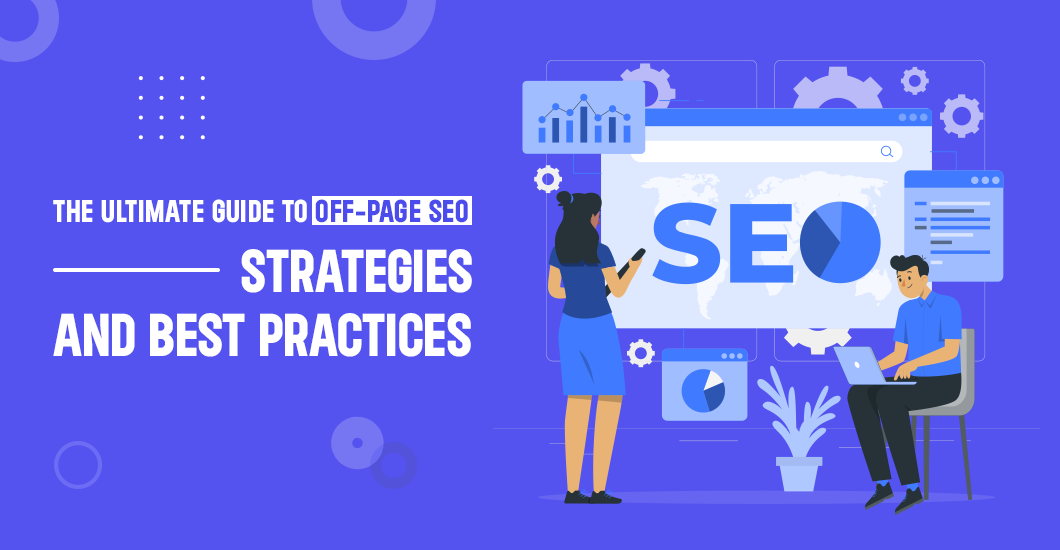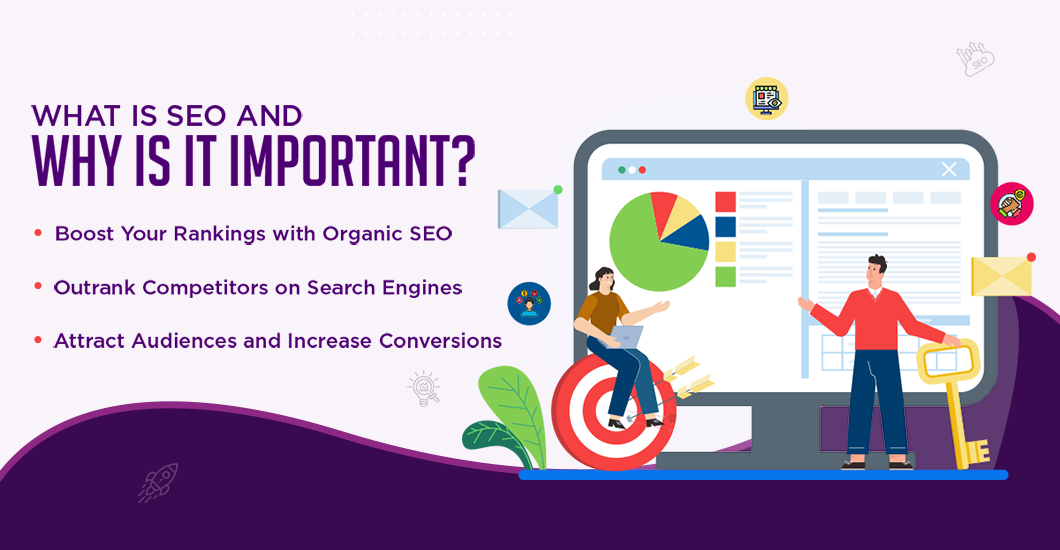Introduction:
We have noticed a high influx of merchants who want to transfer online stores from their existing platforms to Shopify. Migration from WooCommerce, Magento, PrestaShop & many custom platforms is commonly noticed. The biggest reason for migration to Shopify is the ease of use, zero maintenance, and time to focus more on sales instead of website upkeep.
Shopify being a hosted platform and having a vibrant ecosystem of apps allows easy setup and running of the online store with a very low initial cost for merchants. Shopify’s standard plans are sufficient for most small to medium stores unless they have special requirements for analytics and functions.
Accepting online payments, and shipping cost estimates from various shipping companies in your country is quite easy. Shopify payments work best for most of the stores or they can use any payment gateway from a large set of payments gateway on Shopify.
Shopify markets allow you to sell in various countries with different languages, different currencies, and targeted stores.
Shopify is a complete platform for selling your products or services online without going through the tiresome store-building & hosting process that comes with self-hosted platforms. So shifting to Shopify is quite justified if you don’t have a large team to manage your store & you have to divide your time between store management, sales, fulfillment, delivery, etc.
This blog post is focused on data migration. We will cover design migration to Shopify in another blog post.
3 Scenario of Data Migration
One of the biggest problems that we face while migrating to Shopify from other platforms is data migration. With experience, we have found that we can’t have a single approach to data migration for all the projects. Different websites based on their existing platform need different approaches to data migration. We have segmented the data migration into the 3 different scenarios & we have to deal with each scenario differently:

1. Direct Migration of data (If your store is using popular platforms like Prestashop, Woocommerce, Magento, BigCommerce, etc..)
- Full data transfer is possible including products, categories, coupons, orders, customers, pricing rules, etc.
- The data transfer takes place using third-party and well-tested tools
- The cost of third-party tools is dependent upon the number of products, orders, and customers.
- The use of the tools ensures the data transfer is consistent and displayed well in Shopify.
- 2 iterations are usually required for the best results.
2. Partial Adhoc Migration where data export is allowed (for migration from custom or nonpopular platforms like shop line etc.. )
- The export formats are to be verified from the old platform for data sufficiency and completion.
- The exported data has to be sanitized and many times re-parsed to make it compatible with Shopify.
- Some manual transfers have to be done in this approach to make sure that the Shopify site has all the data.
- This scenario takes more time and costs more. Manual efforts add to the cost and time required to complete the migration.
- The biggest issue in this scenario is the data sufficiency & image transfers to Shopify. Manual efforts are needed for that.
3. Full Adhoc migration where the data export is not allowed by the platform (custom websites mainly)
- When the source platform does not support exports, you have to make scripts to extract the data, and parse it to Shopify understandable format to import into Shopify.
- This scenario requires custom script writing and more time as compared to other scenarios. The cost is also high based on the amount of data to transfer to Shopify.
- Ensuring data consistency & capability to write scripts are required to ensure the complete data transfer.
- Multiple iterations of the data transfer are required to ensure that complete data is transferred until the new Shopify website is live.
Firstly, we have to find out what scenario your project falls into and then have to assess the cost of data migration. The complete data migration is possible in all the 3 scenarios and can be completed well by our team of experts. However, the time required to assess, and conduct the process of data migration to Shopify takes time.
Conclusion:
Spending time on data migration is totally worth it. It is the most crucial aspect of the Shopify store. Data inconsistencies may lead to faulty pricing, mixing up wrong images with products, wrong collection association, or any other issues which may lead to frustration with the Shopify platform and eventually the failed migration to Shopify.

In case you are searching for the right team for consultancy, end-to-end migration to Shopify, Our teams take care that you don’t lose any data in the migration and have a successful migration to Shopify.
Feel free to get in touch with our Shopify team providing Shopify Migration Services for your store migration to Shopify.




 July 22, 2024
July 22, 2024


 © 2023
© 2023